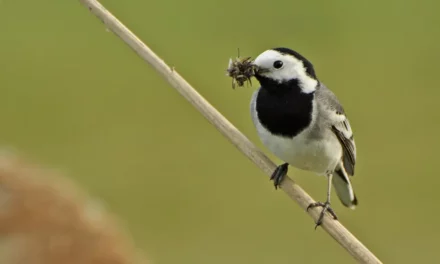What does the long-tailed tit look like?
The long-tailed tit is easily recognizable by its silhouette: a small, round body paired with a disproportionately long black-and-white tail. Its back and round wings are predominantly black, accented with white and pink tones. The belly plumage is a delicate pinkish beige, adding to its charming appearance. Its beak is tiny, suitable for its insect-based diet. Western and southern European subspecies feature a white head with a striking black band above the eye, while Nordic populations have entirely white heads.

How does the long-tailed tit behave?
Long-tailed tits are highly sociable, often seen in family groups or larger flocks comprising multiple families. They move with agility, hopping from tree to tree, exhibiting remarkable acrobatics as they navigate branches and shrubs. Their light weight, long legs, and counterbalancing tail allow them to reach the thinnest branches, where they find food with minimal competition. This behavior reflects their adaptation to challenging feeding environments.
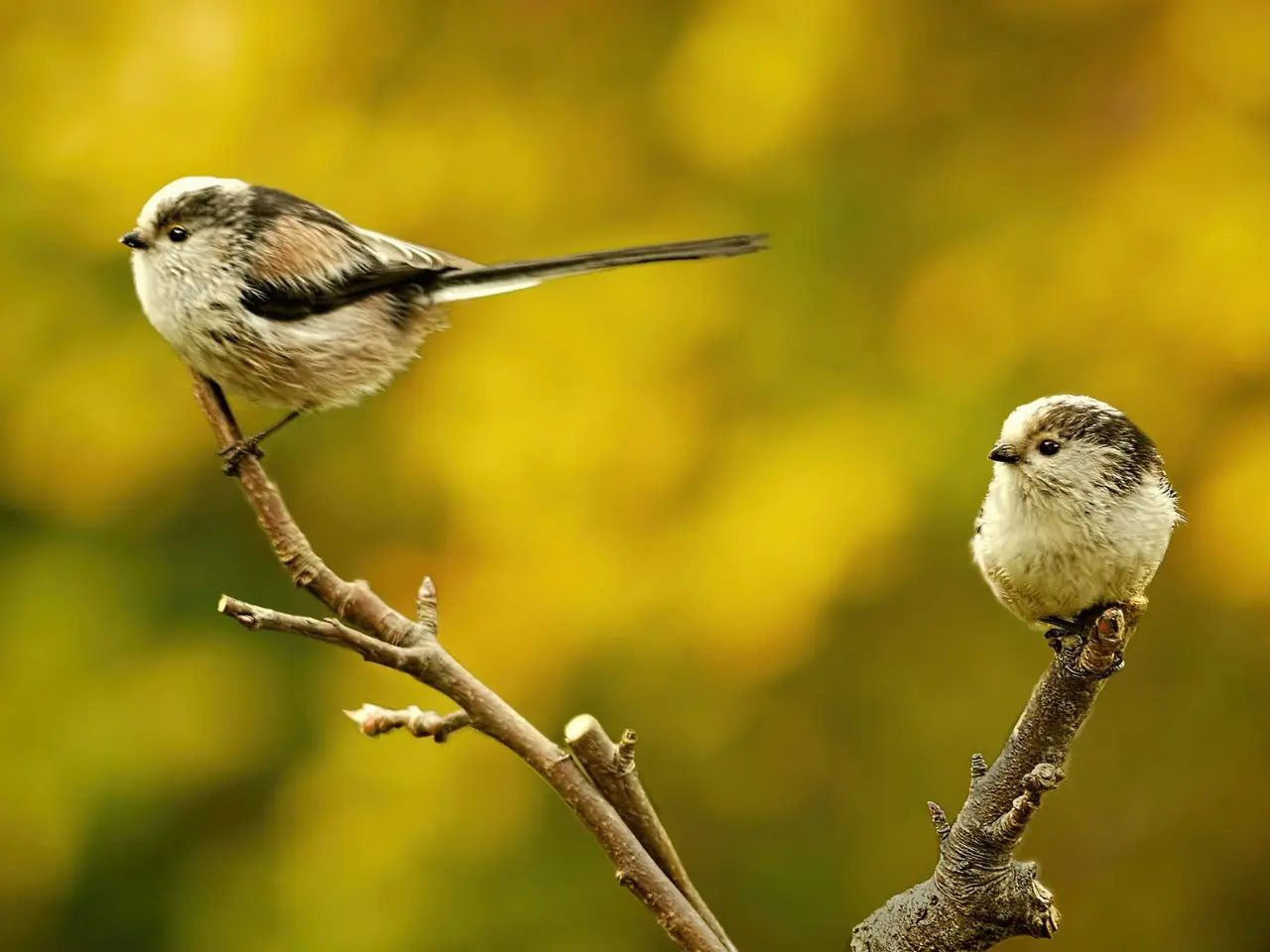
What are the songs and calls of the long-tailed tit?
The long-tailed tit uses sharp, high-pitched calls to signal its location while moving in groups. Its distinctive trills, described as “tsirrrup,” are short and abrupt. These calls are essential for maintaining contact within its flock, showcasing their strong social bonds.

How does the long-tailed tit reproduce?
Breeding occurs from March to June, with the bird producing one brood per year. A clutch typically contains 8 to 12 white eggs speckled with reddish spots. The construction of its nest is a marvel, taking about three weeks to complete. These nests are ball-shaped, featuring a side entrance, and are crafted from moss, lichens, and spider silk. The interior is lined with small feathers, providing insulation for the eggs and hatchlings.
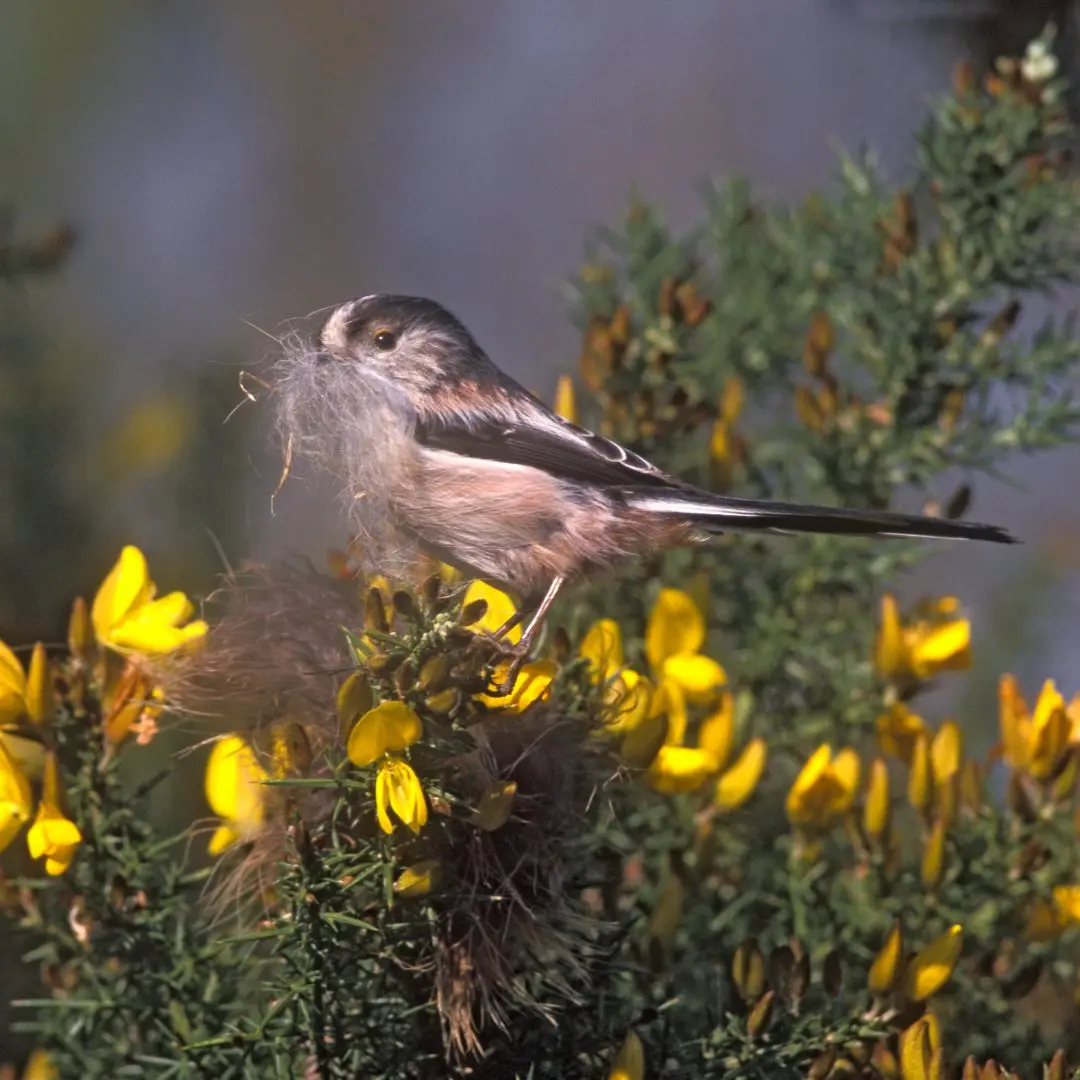
What does the long-tailed tit eat?
The long-tailed tit’s short, weak beak is perfect for consuming insects, larvae, and eggs. Occasionally, it supplements its diet with soft seeds. Though uncommon, these birds might visit feeders or hang on fat balls, especially during winter when natural food sources are scarce.
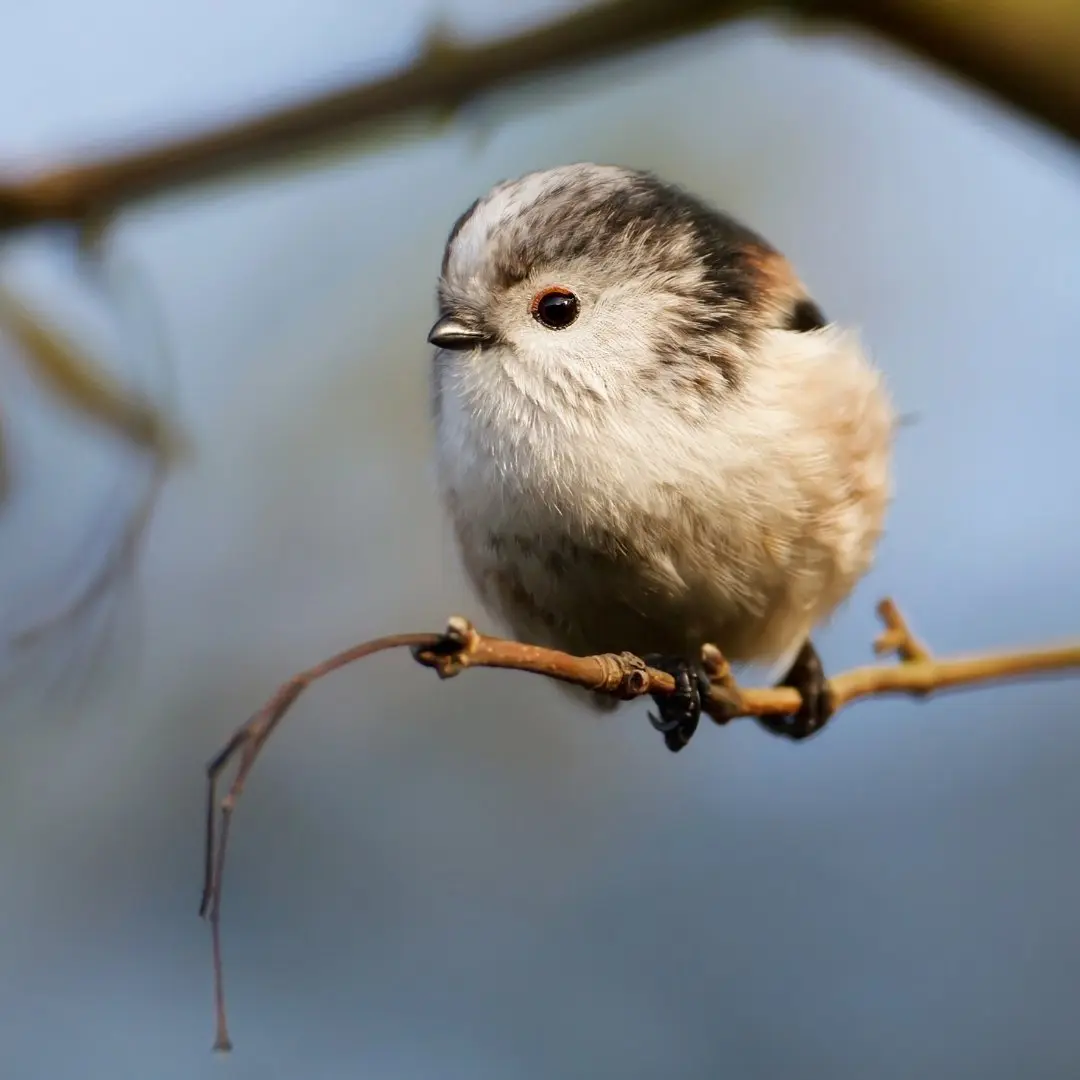
Where can you find the long-tailed tit?
Long-tailed tits inhabit deciduous and coniferous forests rich in undergrowth. They are also found in parks, gardens, hedges, and bushes. While primarily sedentary, some populations may migrate short distances in search of favorable conditions. Their adaptability allows them to thrive in diverse habitats, making them a common yet delightful sight for birdwatchers.
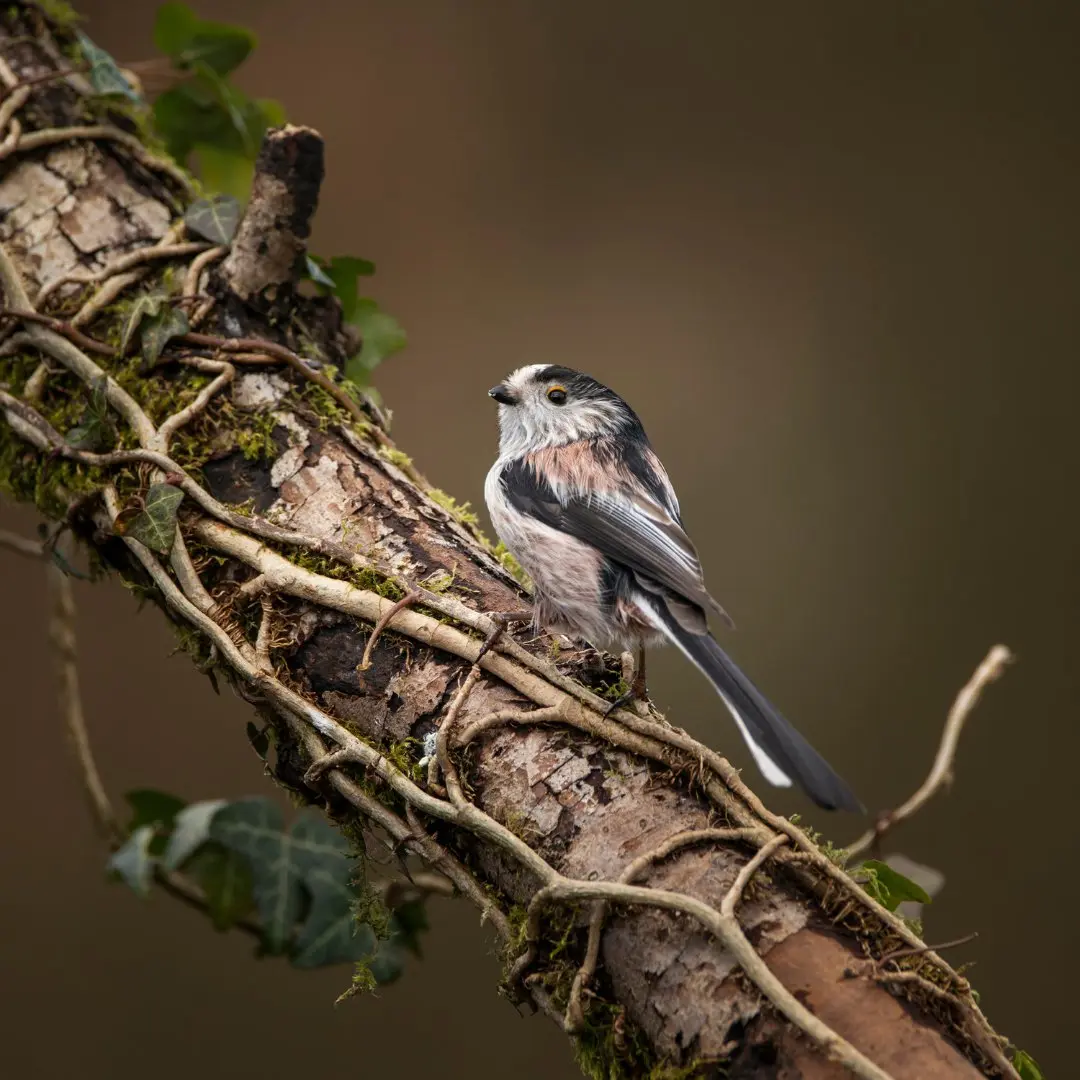
-


